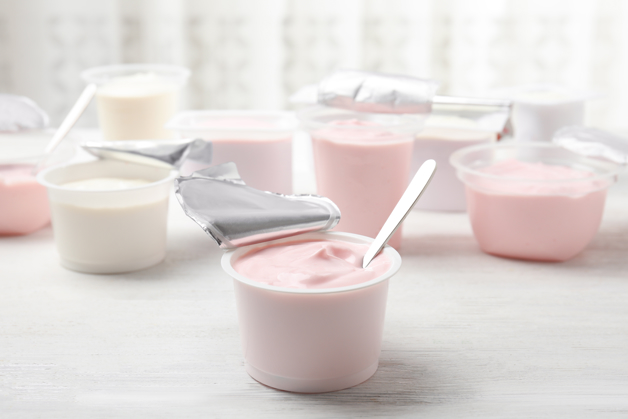So it’s essential to understand how sustainable packaging options perform in every respect. If not, you risk packaging failure and frustrated consumers. Let’s face it, a leaking seal, shorter than expected shelf life or a bag that’s difficult to open is not going to impress anyone – no matter how green the credentials.
And this is where food packaging testing comes into play. Using a variety of targeted methods and techniques, it provides a complete picture of the mechanical, physical and functional properties of your chosen option.
What that looks like in practice very much depends on the formulation of the product in question, but there are a number of fundamental principles that need be investigated:
- Pack integrity: Packaging needs to withstand the rigors of the supply chain, right up to the point of consumption. Measuring the pressure, it takes to tear, crush or explode a packaging concept tells us a lot about how it would perform in the real world
- Barrier properties: The presence of moisture, oxygen and light can play havoc with product quality and shelf life. Microbial spoilage, off-flavours and rancidity are all potential problems. Measuring the relevant packaging properties means we can establish whether the barrier protection it offers is sufficient
- Production line: Nobody wants to have to invest in additional equipment to handle new packaging formats, so testing it for friction characteristics and slip resistance is a valuable exercise
- User experience: Consumers quite rightly expect packaging to be functional and easy-to-use. Using certain techniques, such as tensile tests to measure the strength required to open a bottle top, we can help you ensure it delivers a positive experience that reflects well on the brand
- Shelf life: By understanding the shelf life of a product, such as the threshold at which oxygen exposure will start to damage quality, we can determine the required packaging properties. And this in turn helps you identify which packaging option will achieve the specified shelf life
In fact, this joined-up thinking - where product and packaging are looked at together - also benefits another increasingly contentious consumer issue:
- Overpackaging: Using excessive amounts of packaging is wasteful, creates a bad impression and may even be unnecessary. But if you understand the shelf life of a product, such as the threshold at which moisture content will start to damage its quality, you can ensure the barrier properties match - without going over the top. This approach is not only better for the environment, it also reduces costs. Our shelf-life insights help you find the right balance
Of course, this is by no means a comprehensive list. Packaging is an evolving space, where the ability to pivot and adapt to new developments is key. Traditional testing methods are no longer relevant for many of the new sustainable materials and formats. And the anticipated stream of environmentally-focused legislation coming into force across the UK and EU demands a new generation of bespoke tests to ensure compliance. That’s why it’s so important to work with collaborative partners who can keep pace with this level of change.
